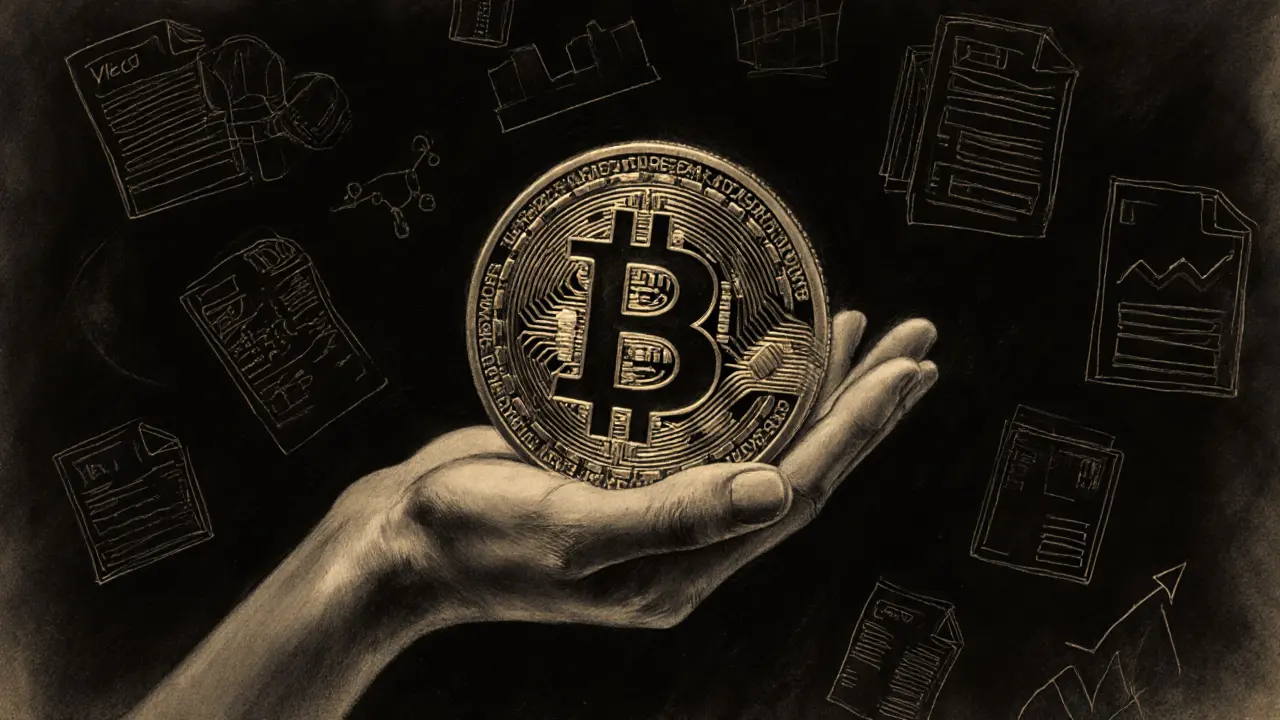Anzen Finance's USDZ is a stablecoin backed by U.S. private credit loans, not cash. It offers 16% APY through staking and operates on Ethereum and Layer-2 chains. Learn how it works, its risks, and how it compares to USDC and USDT.
USDZ: What It Is, Why It Matters, and What You Should Know
When you hear USDZ, a digital token meant to represent one U.S. dollar on a blockchain. Also known as USDZ stablecoin, it’s one of dozens of tokens trying to solve the problem of crypto volatility by pegging its value to the dollar. But unlike USDT or USDC, USDZ doesn’t have the same track record, transparency, or adoption. Most exchanges don’t list it. Most wallets don’t support it. And most traders don’t touch it—because there’s little proof it’s backed, audited, or even actively used.
Stablecoins like USDT, the most traded crypto stablecoin, issued by Tether and USDC, a dollar-backed token regulated by Circle and Coinbase are built on clear rules: daily audits, public reserves, and major exchange support. USDZ? There’s no public proof of reserves. No clear issuer. No verified smart contract audit. That’s not just risky—it’s a red flag in a space where trust is everything.
Why does this matter? Because if you’re holding USDZ, you’re trusting something no one else seems to. You’re not just holding a token—you’re betting on a ghost. The same way we’ve seen tokens like DTN or BNU vanish overnight, USDZ could disappear just as fast. It’s not a tool. It’s not a solution. At best, it’s a curiosity. At worst, it’s a trap for people who don’t know how to spot the difference between real stablecoins and fake ones.
What you’ll find below isn’t a list of success stories. It’s a collection of cautionary tales. Posts about tokens that looked promising but turned out to be empty—like the BNU airdrop, the Zenith Coin scam, or the FOTA fake. These aren’t just stories. They’re patterns. And USDZ fits right into them. If you’re wondering whether USDZ is worth your time, look at what happened to the others. Then ask yourself: who’s behind this? What’s the audit? Where’s the volume? The answers might not be there. And that’s the real warning.

